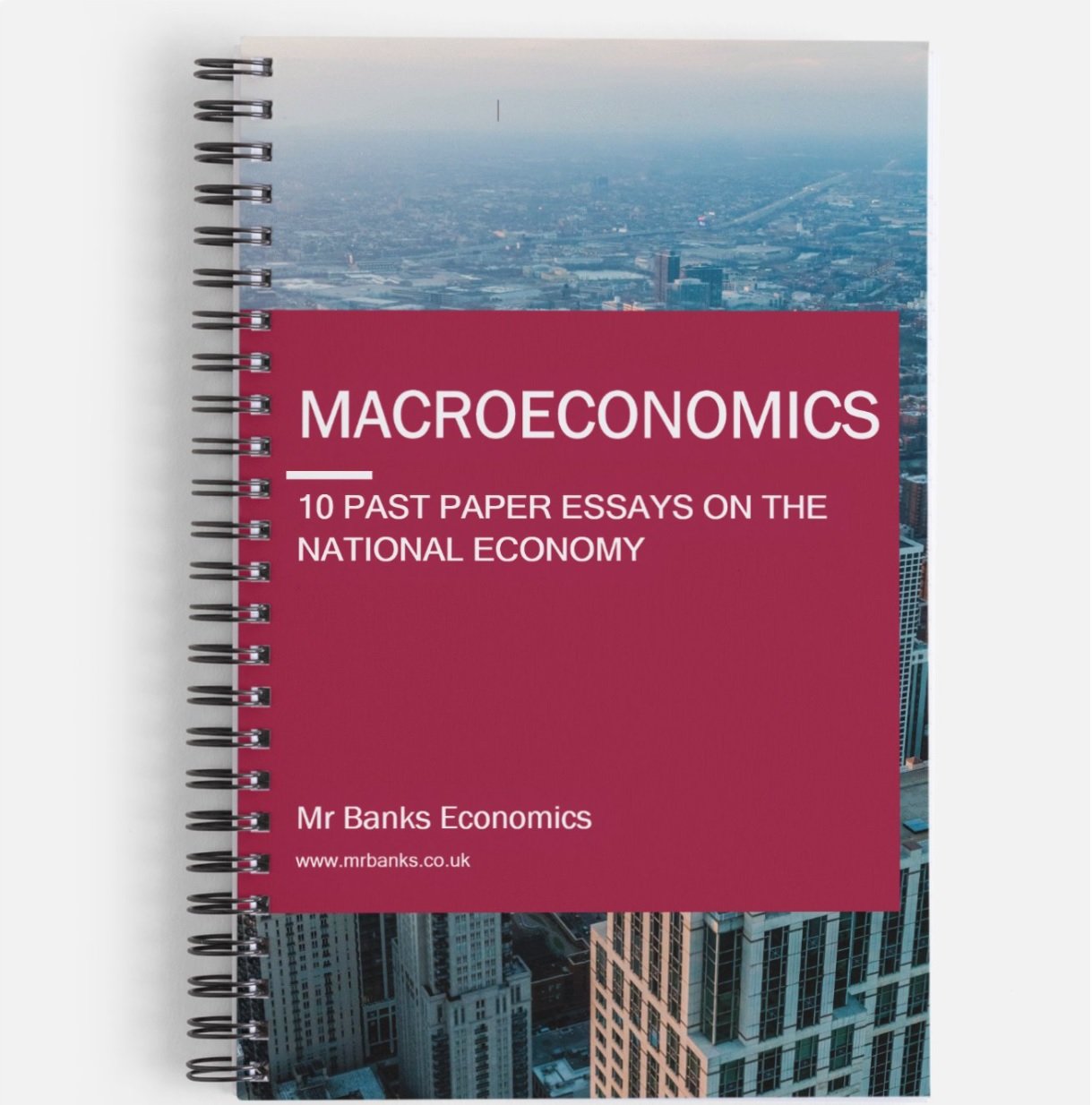Taxation
A-level Economics
How governments intervene
One of the ways governments can intervene to correct a market failure is by introducing a tax in the free market.
Why would a government want to tax a good/service?
A government is most likely going to tax a good or service because it causes a market failure in that there is too much of the good being bought or sold.
Take, for example, the market for cigarettes - If there were no government involved then there would be no tax on cigarettes. People would inevitably buy more because the market price would most likely be lower without a tax. The market for cigarettes fails because of the externality problem and imperfect information. Cigarettes can also be classed as demerit goods.
The government acts in the interest of wider society and taxes cigarettes so that consumption is lessened. This improve the welfare of society as a whole.
What makes a tax a good method of intervention?
Taxes can be good for a number of reasons. Some of these reasons are because:
Tax has an effect on the market price - in the majority cases, the producer will pass on some of the tax onto the consumer, thus increasing the price. This is because the producer does not want their profits to go down. When the price goes up, consumer demand will fall for normal goods as states the law of demand.
Taxes generate revenue for the government - tax revenue can be genereated for the government, which can help better fund public goods and services like health care. Furthermore, the government could use this tax revenue to counteract some of the harmful effects of negative externalities. For example, tax revenue could be used to build wind farms which help reduce air pollution.
Provides incentives to become more socially desirable - for example, increases road tax and fuel tax have led to cars becoming more fuel efficient.
What are the disadvantages of taxes?
Depends on the price elasticity of demand - taxes will be less effective if PED is inelastic. This is because people are less concerned about the price they pay and taxes may not be enough to deter them from consuming the product. A good example is cigarettes and alcohol.
Accuracy in calculating the size of the externality - some externalities are very difficult to measure. What is the true cost of pollution? Don't different people value the environment differently? How much does it cost the government to work out the cost of an externality? If it calculating the externality is not accurate and is very costly, then the chance of government failure is high.
Cost of administration - enforcing the tax costs money to run. These costs must also be considered. What about if people try to avoid the tax? The government needs to pay to investigate
Who is to blame? - it can be difficult to find out the party responsible for any damage done. Take for example, fast food restaurants. Who is to blame? The restaurant does not overweight people to eat their unhealthy foods. However, if the fast food joint was not there in the first place, maybe people would be healthier. It is difficult to answer that question.
People can find ways to evade the tax - take for example, airport tax. It is often cheaper to fly through connecting airports to get to a destination, rather than flying direct. This is because different countries charge different levels of tax.
EXAMPLE SPECIFIC TAX DIAGRAM - to study more tax diagrams click here.
What we have learned:
Why the government uses taxation to correct market failure
Advantages and disadvantages of taxation
Sample diagram
IF YOU WANT GOOD GRADES FAST, BUY THESE BOOKS!
MACROECONOMICS MODEL ANSWER BOOK
10 Past Papers with Model Answers on the National Economy
Written by an experienced Economics tutor
Full model answers with diagrams
Suitable for all UK Economics exam boards
Physical booklet
£20.00
MICROECONOMICS MODEL ANSWER BOOK
10 Past Papers with Model Answers on Market Failure
Written by an experienced Economics tutor
Full model answers with diagrams
Suitable for all UK Economics exam boards
Physical booklet
£20.00


